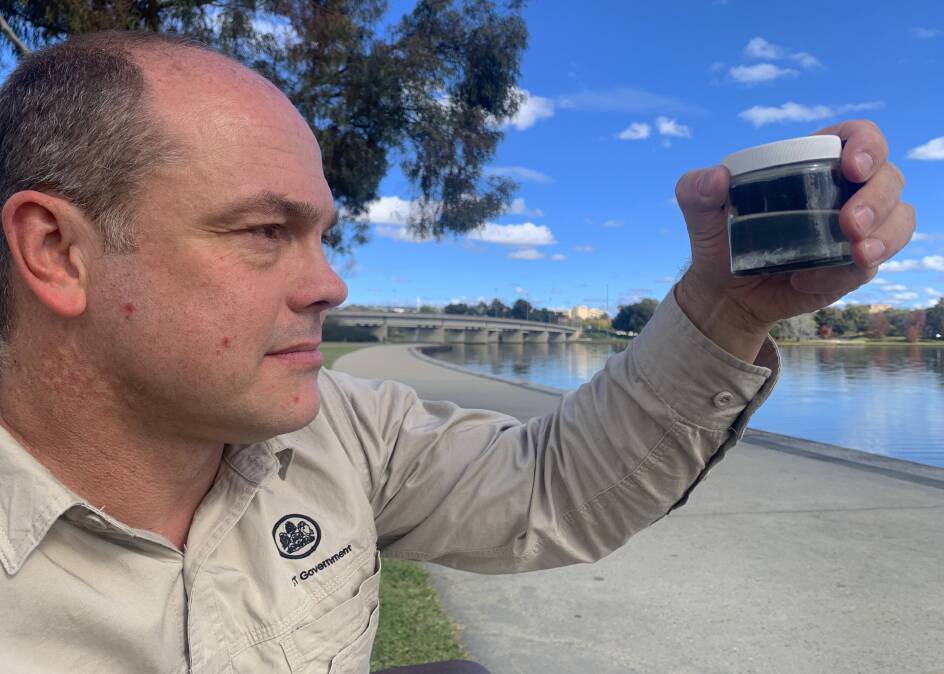
When Scott Yates recently overheard a couple of barflies at the Bowning Pub claim they'd witnessed "hundreds of jellyfish in Burrinjuck Dam", he immediately thought the pair had consumed one too many glasses of amber fluid.
However, the two pub patrons were so adamant about what they'd seen that Yates asked around town if anyone could back up their spurious sighting.
He got a mixed response. Most thought it was a late-breaking April Fools' joke, but others like Joaby "Bushy" Williams argued he'd also seen the cryptic critters en masse "at the Wee Jasper end of Burrinjuck Dam last month".
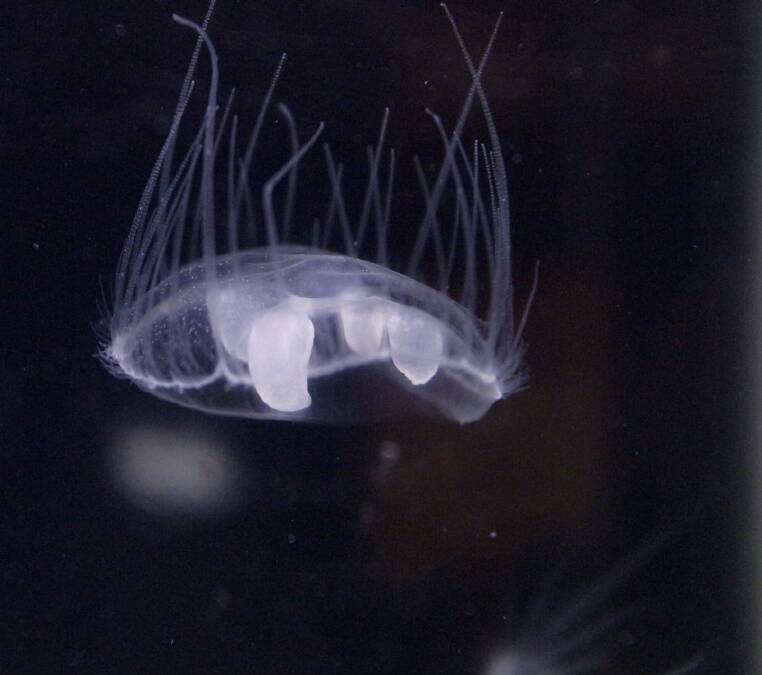
Dr Lisa-ann Gershwin, a Tasmanian-based research scientist who knows more about tiny freshwater jellyfish (Craspedacusta sowerbii) than most, sympathises with Yates. "It's a common reaction when people first hear of the freshwater jellyfish, they just don't believe it," she says.
Although the translucent jellyfish have been reported in many parts of Australia since the 1950s, Gershwin especially remembers the first time she eyeballed a bloom of them up close in a large dam on a cattle station near Kirup, in Western Australia in 1998.
"I was like wow, and without even thinking, I stripped off all my clothes and jumped in," recalls Gershwin. "I was hovering just at the surface without a mask, it was wondrous, thousands of these tiny jellyfish, each no bigger than a 10-cent piece were drifting by like a blizzard of snow in front of me."
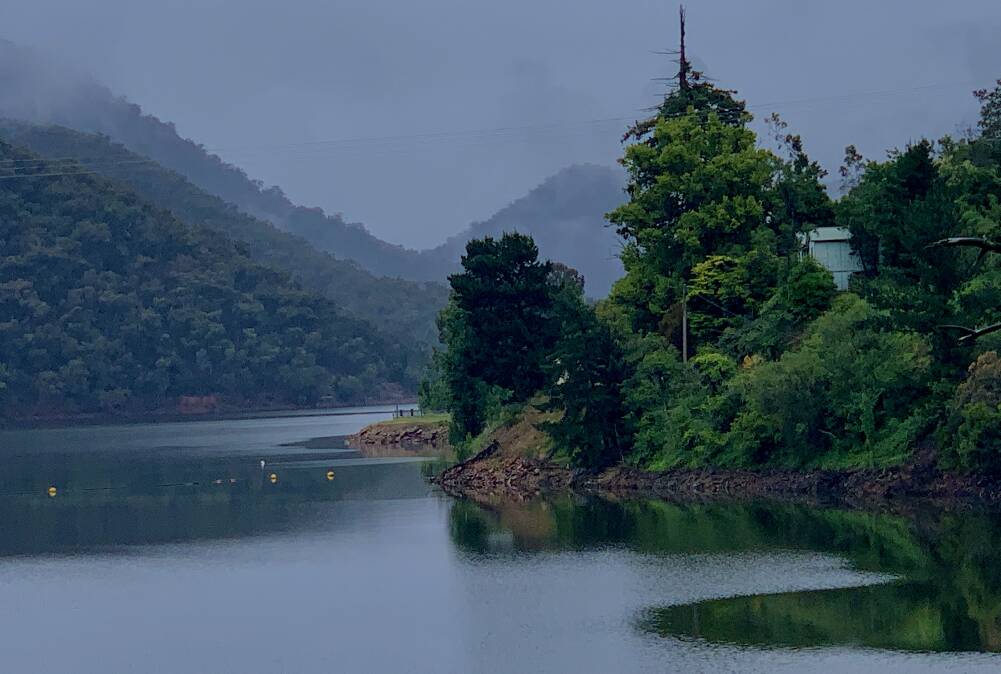
How the curious critters, which are thought to be native to China, first came to Australia is a bit of a mystery and while some scientists believe they arrived through illegal releases of aquarium fish and plants into the natural environment, Gershwin believes they may have been transported around the world as incredibly tiny (less than a 10th of a millimetre) jellyfish polyps stuck to the feet of migratory birds.
"Jellyfish polyps can stick to the feet of birds as they tramp around in muddy foreshores of lakes and then when the birds take off, sometimes these polyps stay stuck to their feet and when they land on another muddy foreshore, they can become dislodged, at least that's the hypothesis," she explains.
"They have an amazing life cycle and if conditions are right in spring, the polyps bloom into medusas which can be seen in the water until late summer and autumn before they die off, leaving the tiny polyps floating around in the water for the next season," she says.
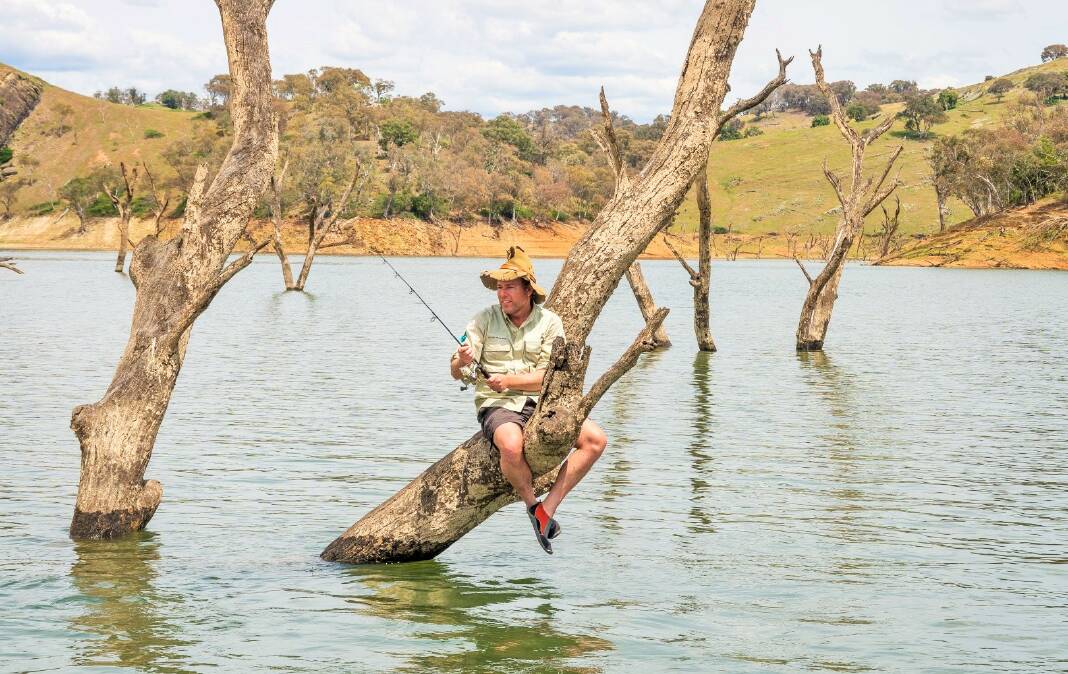
While Gershwin has received reports from the top end to Tasmania, she also keeps a catalogue of sightings in several freshwater lakes in and around Canberra, including Lake Burley Griffin.
One local nature lover who would love an experience to rival that of Gershwin is Matthew Beitzel, an aquatic ecologist with the ACT Government.
"I've never witnessed a large bloom of them in our waterways," reveals Beitzel, who when I met him on the shores of Lake Burley Griffin earlier this week was clutching a jar of 10 of the critters preserved in ethanol that were scooped up by a ranger at Googong Dam in May 2000.
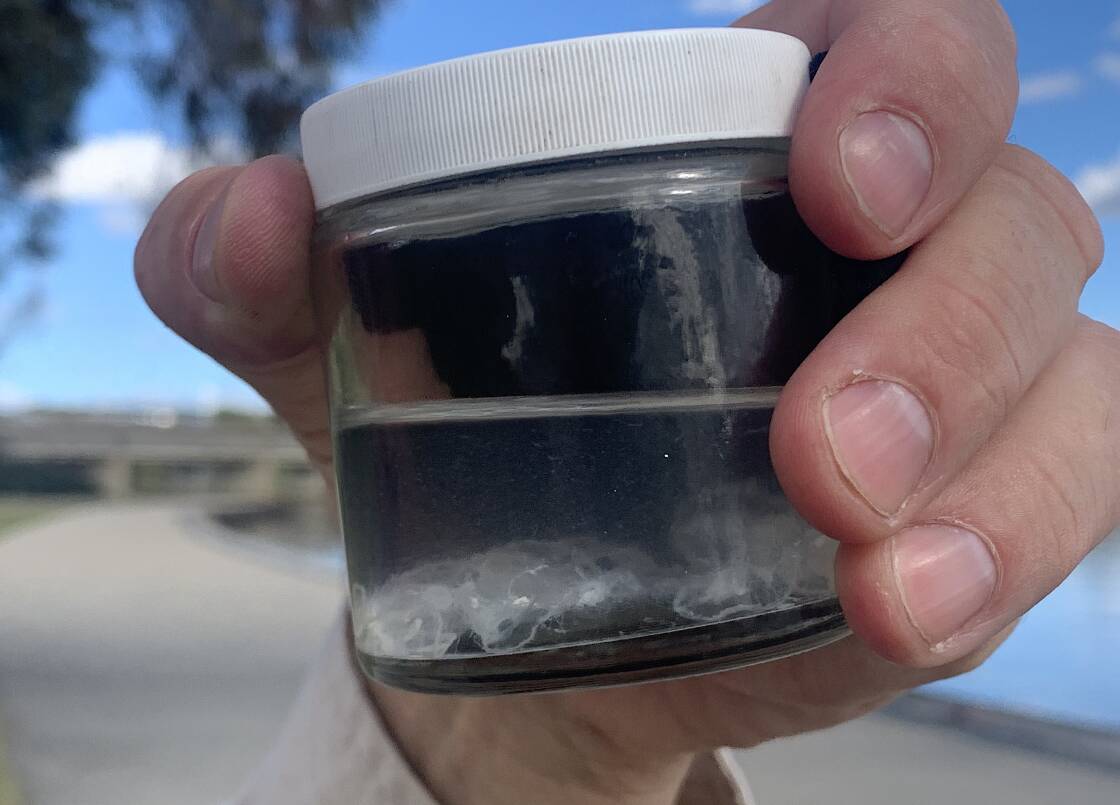
"It was the largest local recorded outbreak, so we are lucky the ranger at the time collected some," he explains.
Darren Winn of Dunlop is one Canberran who was lucky enough to see one in Googong Dam during that 2000/01 bloom. "I was fishing in the dam where it meets the upper Queanbeyan River and I saw unmistakably a small translucent jellyfish pulsating along ... I'll never forget it," he recalls.
The jellyfish seem to take advantage of newly filled or refilling lakes when there are lots of nutrients around," explains Beitzel. "They appeared in plankton of Lake Burley Griffin when the lake was newly formed in the 1960s, and so we keep an eye on new dams and urban lakes as they fill in the hope of seeing some."

While the jellyfish are predators, with stinging cells to catch prey like water fleas and small daphnia (tiny freshwater crustaceans), Gershwin is especially interested in their penchant for eating mosquito larvae.
"I've observed them eating mosquito larvae so I'd love to one day research whether they could be used as a mosquito control device where mosquito-borne diseases like malaria are prevalent," she says.
As to their sting? Well, when Gershwin was swimming au naturel with them, she didn't feel a thing. "The sting won't hurt a human, just other tiny animals," she says.
Have you seen freshwater jellyfish in lakes and dams around Canberra? If so, please let me know at the address at the end of this column.
Fast Facts
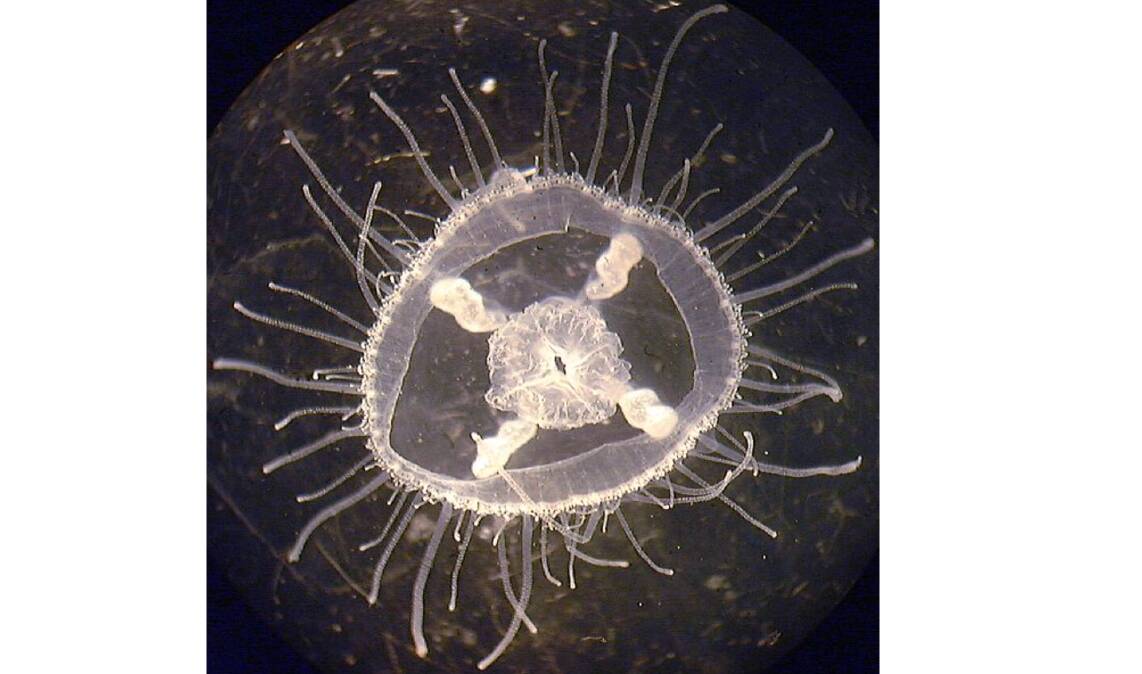
Although little is known about freshwater jellyfish and only a handful of scientists are studying them globally, they do score a mention in Wet & Wild: a field guide to the freshwater animals of the Southern Tablelands and High Country of the ACT and NSW (Environment ACT, 2002) which includes the following details about the incredible invertebrate.
First described: In 1880 from an artificial tank in a botanic garden in London and has since been recorded in many artificial situations around the world.
Australian sightings: First reported in a water reservoir supply in Adelaide in 1950 and has since turned up in a range of locations around the country.
Distribution and abundance: Widespread but sporadic, usually in large numbers when present. In the Canberra region it has usually been observed in the surface area of large lakes, and it is mostly found in the warmer months from about December through to May.
HISTORIC TUGGERANONG FIND IS CUTE AS A BUTTON
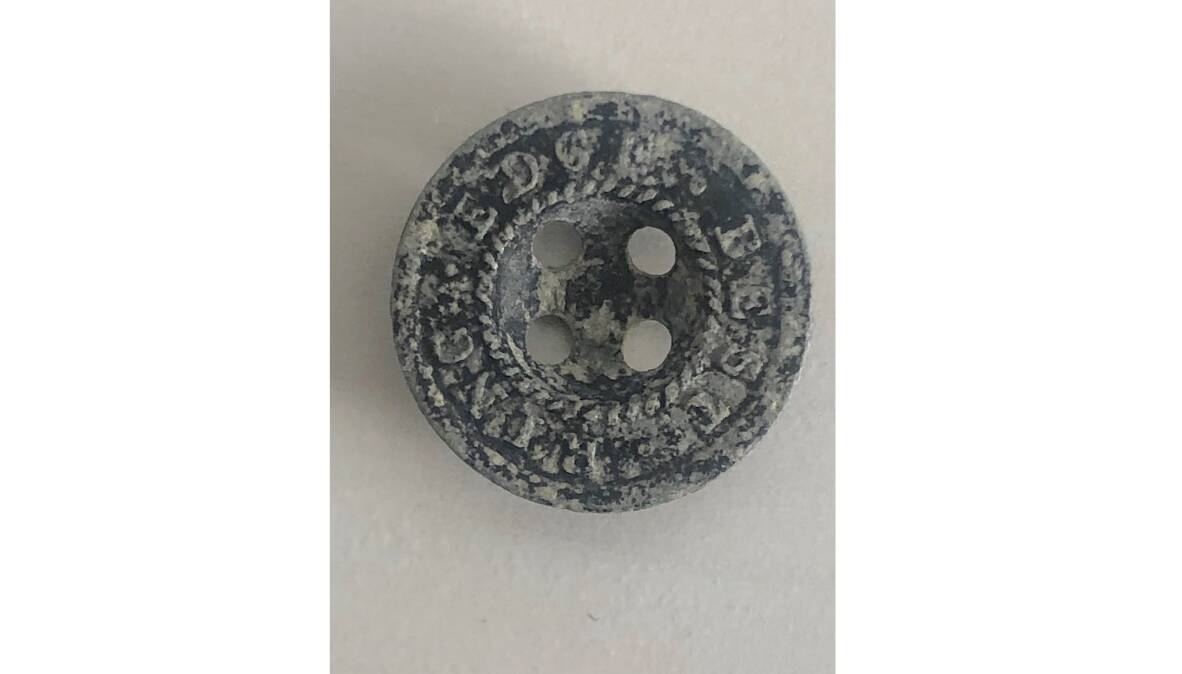
It seems that porcelain insulators "made in occupied Japan" and old bottles aren't the only historical items walkers exploring the area near the old Tuggeranong Railway Station have uncovered (Ghost Railway, April 9).
While cycling along the old line between the old rail workers' camp and McAlister's Cutting, keen mountain biker Peter Knobel of Calwell found a button laying in the dirt with the words "Best Ring Edge".
Peter's research indicates the button dates from the late 19th century to early 20th century which is consistent with the time the embankments and cuttings were constructed (late 1800s).
"The button was probably sewn onto the trousers of a worker to which his braces were then attached," reports Peter. "I hope he lost the button at the end of the day - it would have been a hassle trying to keep his trousers up while doing all that dangerous work!" Indeed.
It's not a find that Peter is going to retire on. The Australian Button history website reports: "The good thing about these buttons is that researching the names allows us to date these buttons and make an historical journey into past lives and times. Sorry to disappoint metal-detectorists, though, whilst collectable, they are not intrinsically valuable. They are just too common and pedestrian."
Peter reveals he is also a staunch supporter of the Monaro Rail Trail which is planned to run along the disused rail corridor from Queanbeyan to Bombala past old Tuggeranong Station.
According to Peter, "it's estimated that a rail trail which winds through the magnificent Monaro region will generate a total yearly economic gain of at least $25 million".
Although many view the rail trail as a pipe dream, earlier this year, the Snowy Mountains and the Queanbeyan-Palerang Regional Councils signed a memorandum of understanding which allows for detailed plans for the trail to be developed for consideration. More: www.monarorailtrail.com.au
WHERE IN CANBERRA?
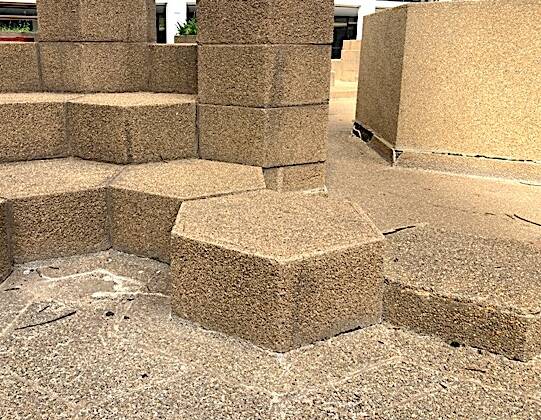
Rating: Medium - Hard
Clue: No Giant's Causeway here, but a giant-sized department was once based near here
How to enter: Email your guess along with your name and suburb to tym@iinet.net.au The first correct email sent after 10am, Saturday 14 May, wins a double pass to Dendy, the Home of Quality Cinema.
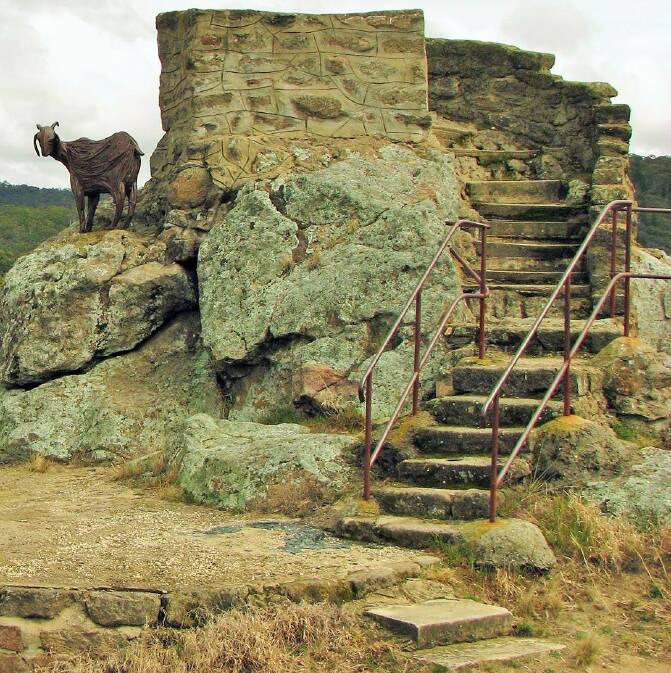
Last week: Congratulations to Leigh Palmer of Isaacs who was first to correctly identify last week's photo as Nanny Goat Hill lookout in Cooma. The Nanny Goat sculpture was created by the late Chris Graham who was also largely responsible for the creation of the Mosaic Time Walk in the town's Centennial Park. Leigh beat several other eager entrants including John Solari and Ross Hiew of Forrest to the prize. With no directional sign enticing travellers from Cooma's main street, most motorists pass beneath the unexpectedly lofty lookout which commands a great view of the southern parts of the town, completely oblivious of it. It is best accessed via Massie Street. I've never received a report of a flesh and blood goat on the hill. Has anyone spotted one there?
SIMULACRA CORNER
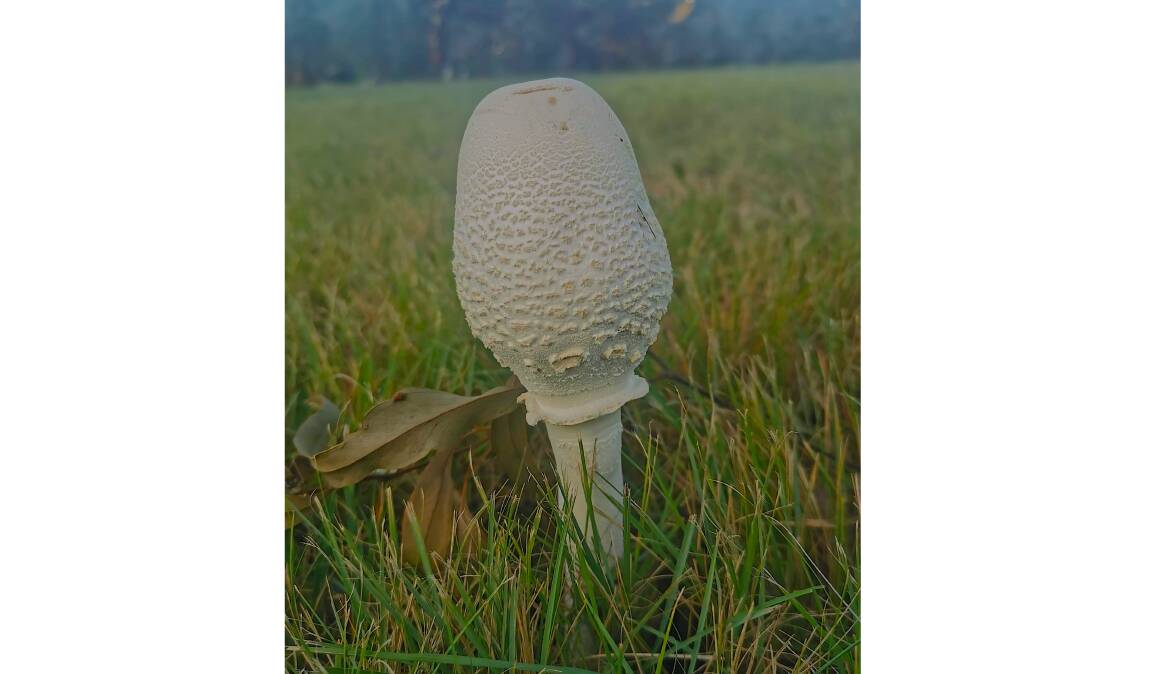
While wandering the wilds of Tuggeranong's northern suburbs, Rose Higgins of Kambah stumbled upon this odd-shaped mushroom (Macrolepiota dolichaula) which she reckons resembles a microphone. "I can just see John Laws picking it and painting gold," she muses. According to this column's mushroom expert, Christina Steele of Captains Flat, "we call this their 'drumstick' phase. It's just young. As it matures it'll spring out into the parasol shape".







